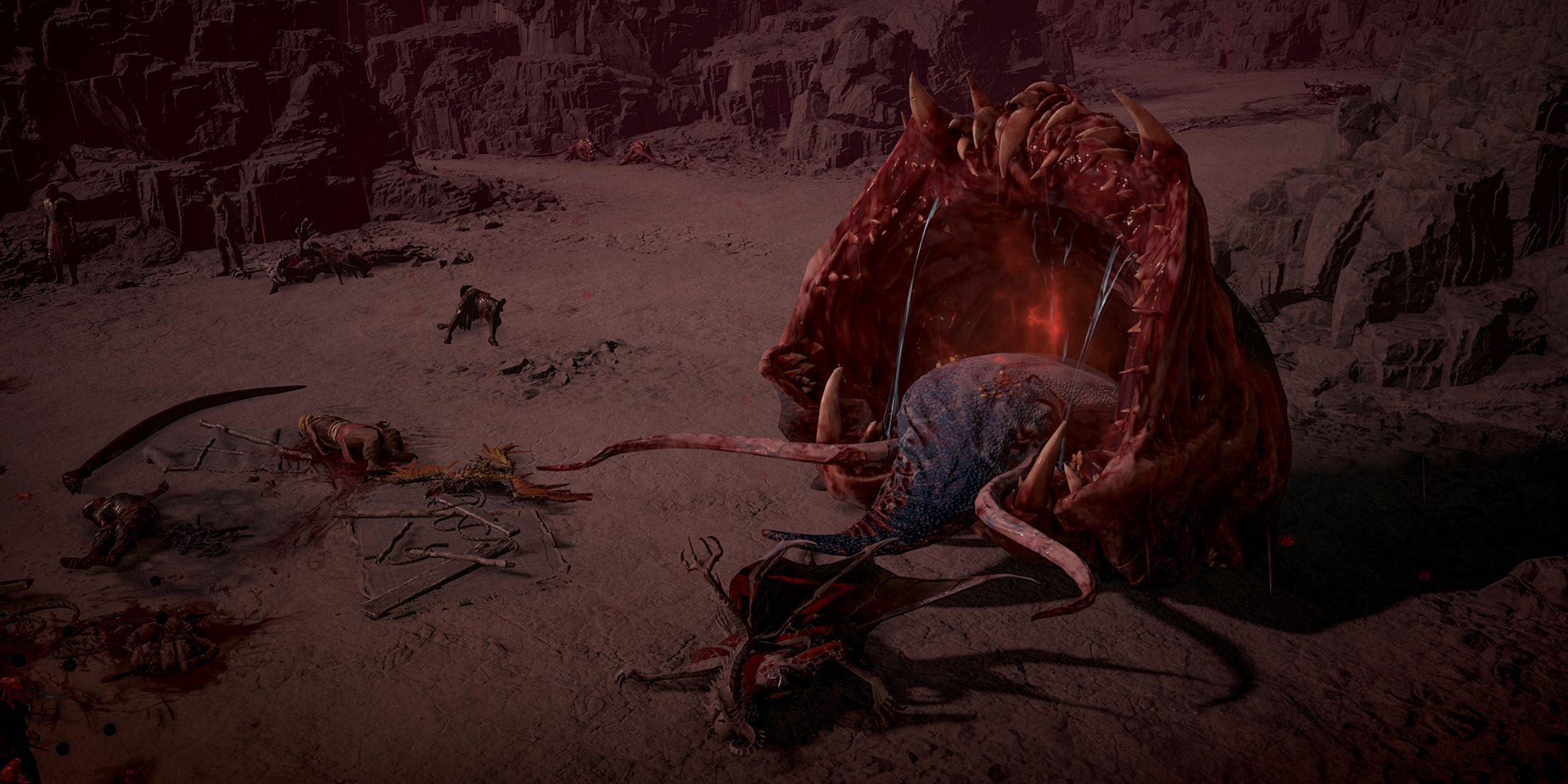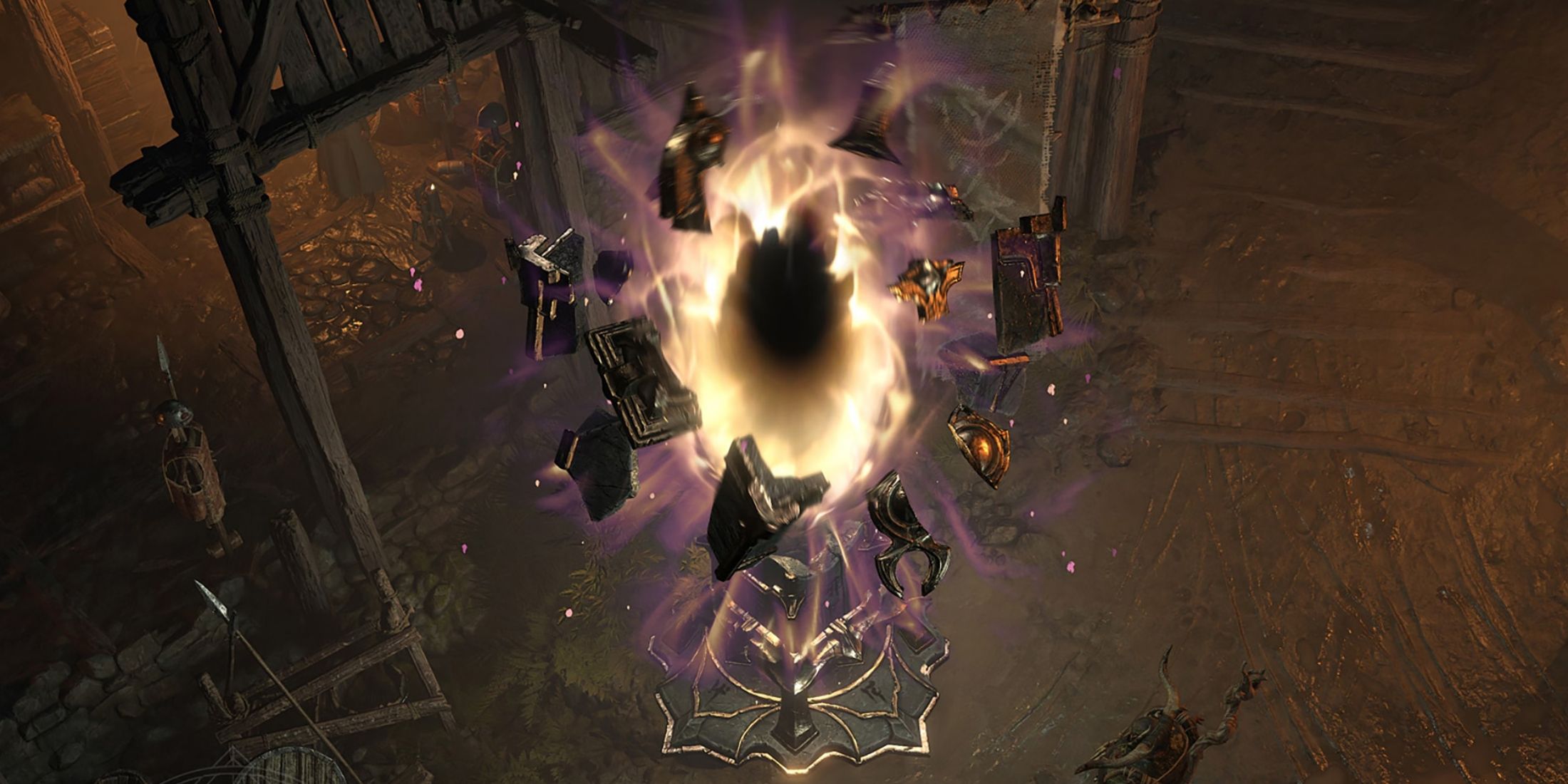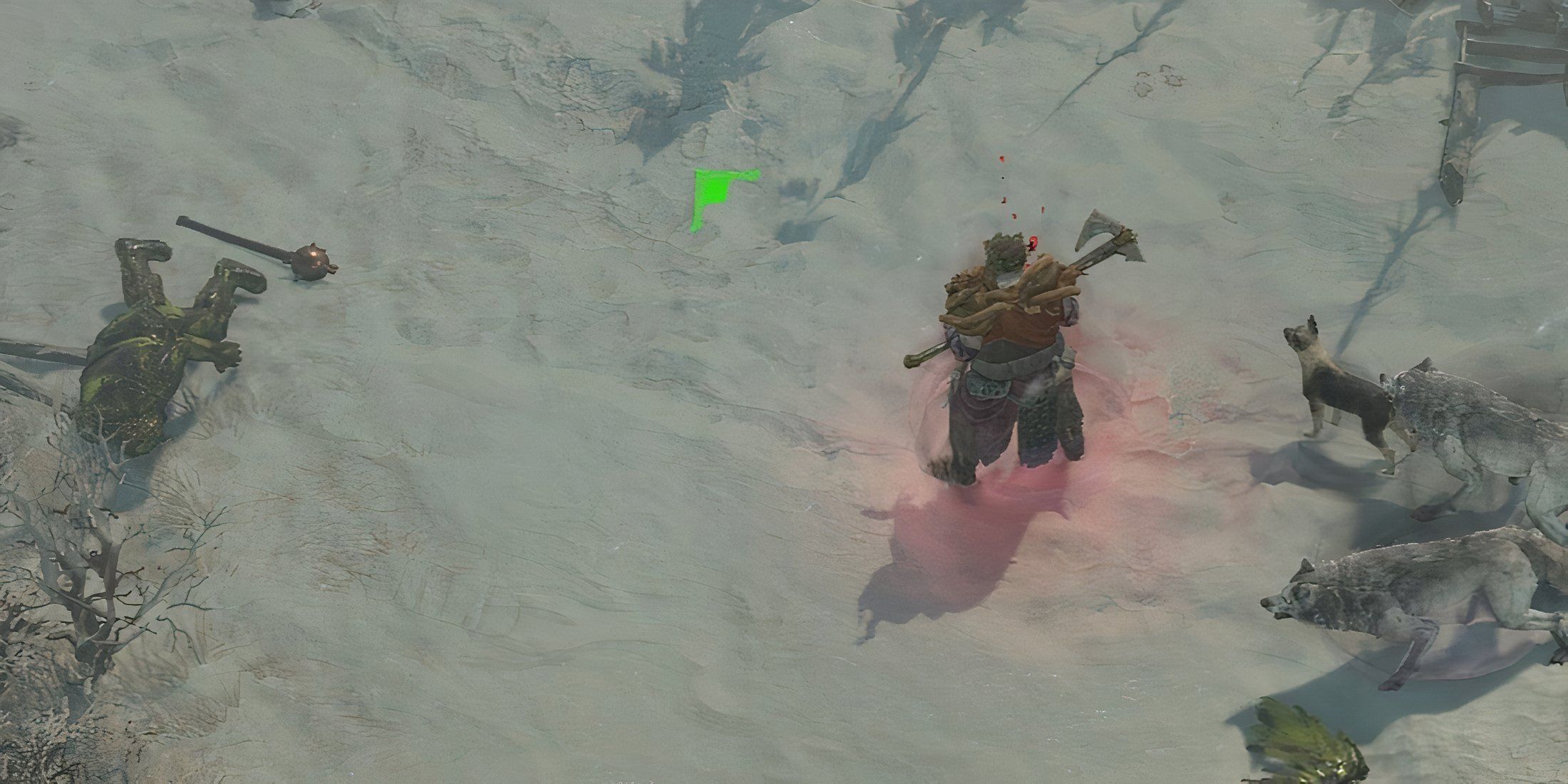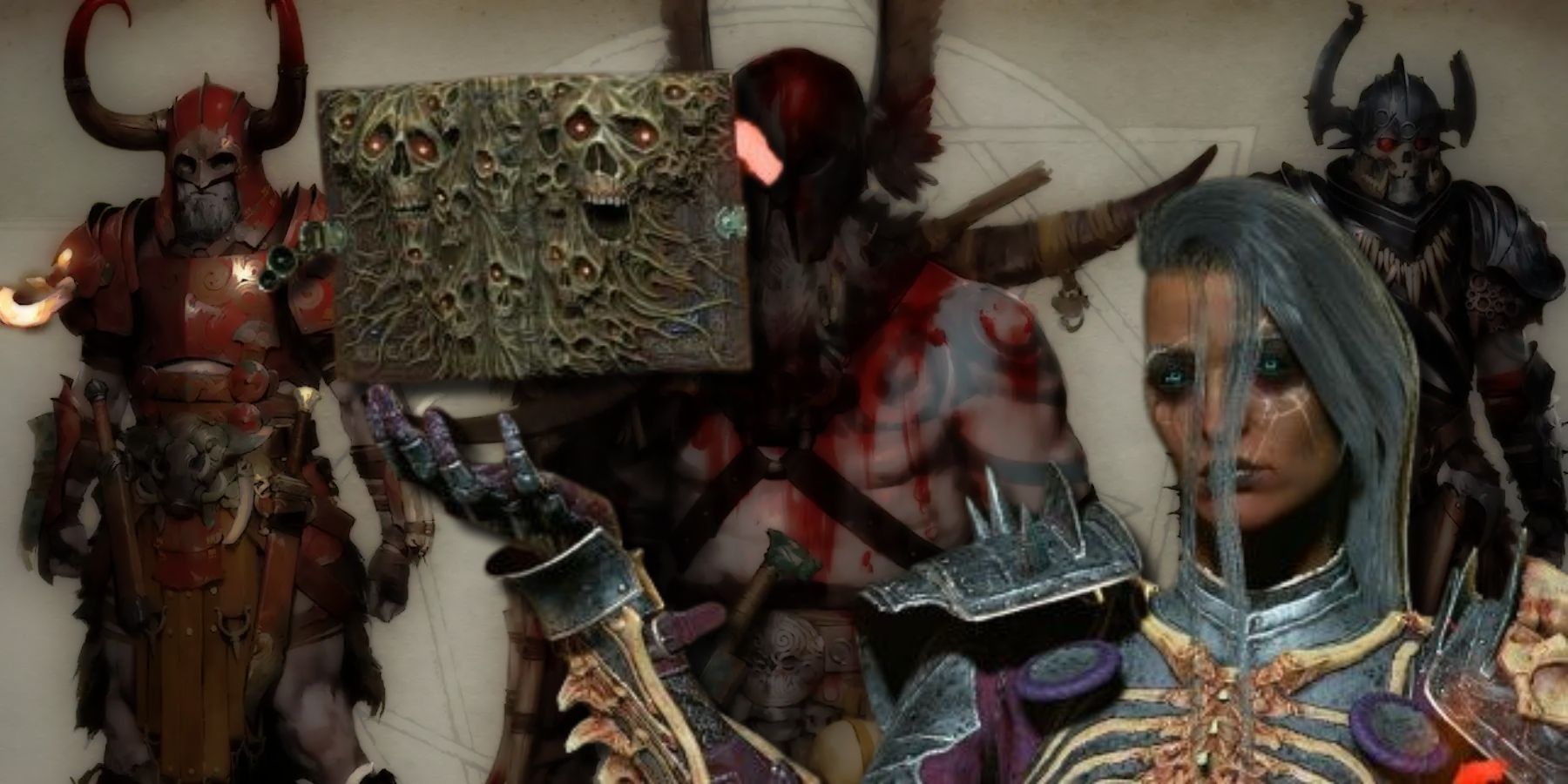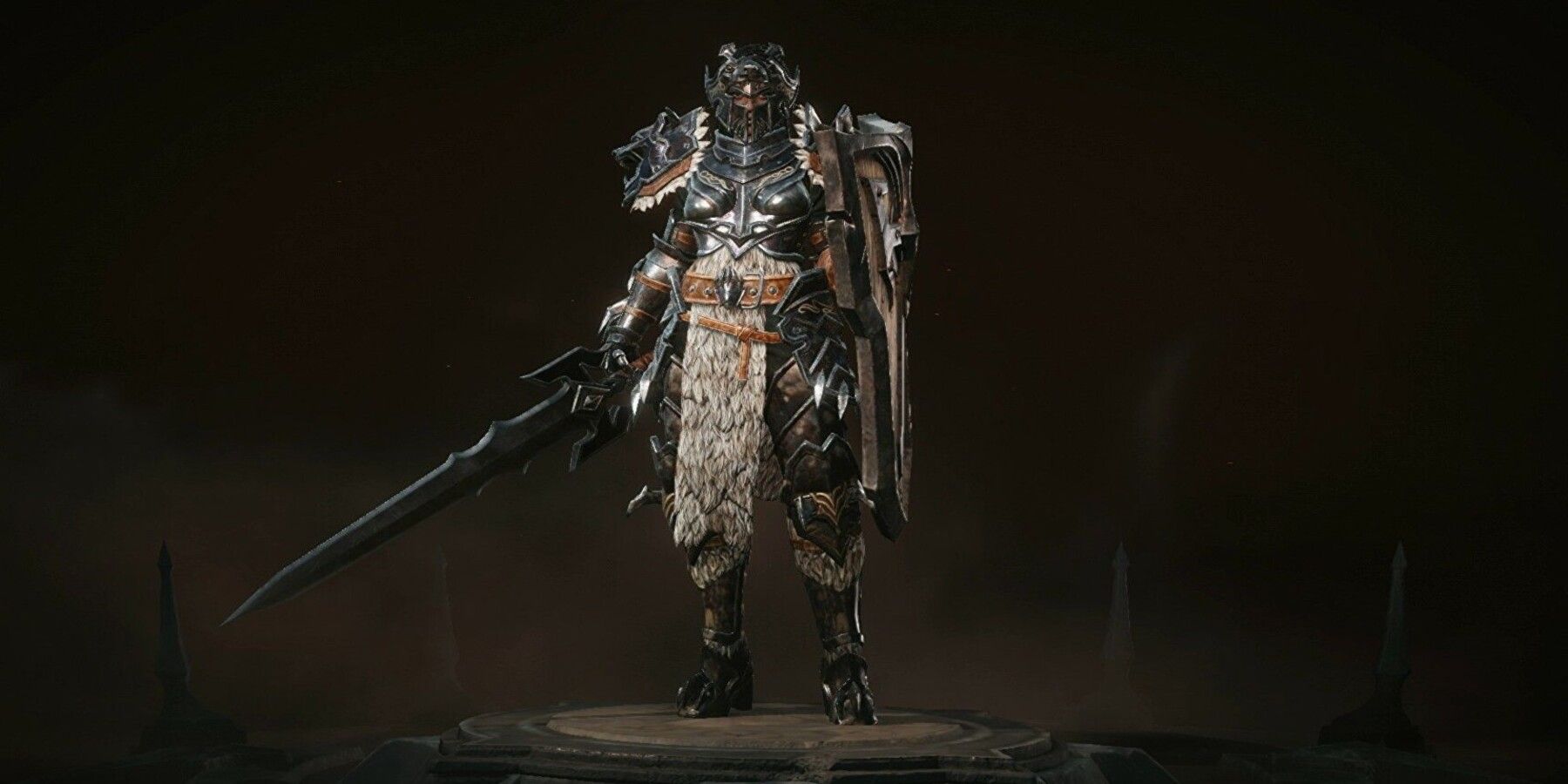Diablo 4 is a classic Action RPG that follows in the footsteps of old-school giants as well as the first entries in the series, but it also detaches itself from typical mistakes and pitfalls of the genre, starting with loot. Loot in Diablo 4 is probably the most balanced it has ever been in the series, with Diablo 2 featuring one too many Find Item Barbarian in endgame parties and Diablo 3 being a tad too generous even with its rarest drops. Instead, Diablo 4 is more balanced, but it also tries to innovate in some of the key areas that can make ARPGs and looter games in general frustrating in the long run.
An example is the Borderlands franchise, which is known for its many guns. The way this is handled is more similar to reskins rather than actually featuring over a million unique weapons, and Gearbox still makes good on its promise by making each gun effectively different from any other thanks to random perks, traits, and components. In Diablo 4, loot follows a similar pattern, but the game also shakes things up by both giving players the ability to extract Aspects from gear and use them on different items altogether.
How Diablo 4 Makes Rare Loot Always Rewarding
One of the biggest issues with looter games, in general, is that they typically rely on randomness entirely, which can result in players finding the perfect item they had been looking for forever, and then they discover it has a wrong trait that makes it sub-par at best. This can be extremely frustrating, and Diablo 4 is not immune to this either, with players still having to rely on RNG to get the Legendaries and Uniques they want. However, Diablo 4's Legendary items have an interesting property, which is that players can take them to the Occultist to extract their Aspect.
Extracting a Legendary Aspect in Diablo 4 is quite simple, but it will destroy the base item - not even salvaging it, meaning players don't get the materials from it nor do they get its transmog appearance unlocked in the Wardrobe. Yet, this feature singlehandedly changes the way Diablo 4 approaches loot, as players not only have control over what kind of perks they want to keep (even from perfectly rolled items that dropped early in the game and would be useless in the endgame), but they also can choose to what those perks are eventually applied.
This is an incredible step forward for looter games, as the pure randomness tied to loot is not completely out of the players' control, and rather, a bad drop can turn into a build-defining item further down the line. For example, players could obtain the popular Pulverize Druid Shockwave Aspect in Diablo 4's early stages, maybe even between level 20 and 30, and they can both use that piece of gear to level up easily and eventually extract its Aspect and imprint it on a high-level item.
The result is that players can still make use of what would be trash pieces of gear, and Legendaries are never really wasted for this specific reason. Even better, given how much control players have over what sort of item they imprint Aspects onto, it's very likely that the final result will be an incredibly improved version of the original, possibly toying with the ability to reroll affixes. For these reasons, Diablo 4's endgame is much more accessible to those who start saving good items early on, and builds all become easier to craft, eventually allowing for more customization and even better combos.
Diablo 4 launches on June 6 for PC, PS4, PS5, Xbox One, and Xbox Series X/S.

